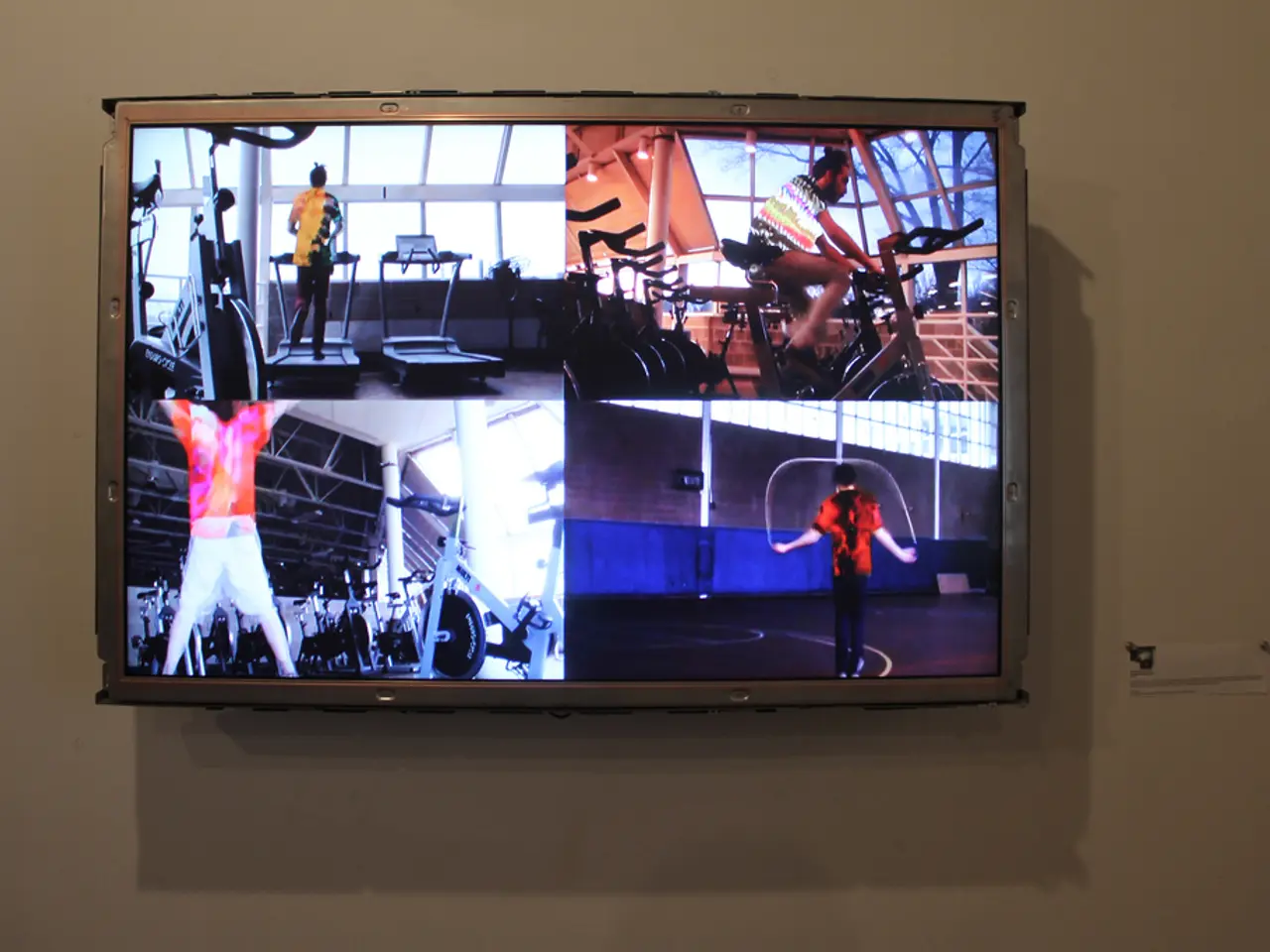YouTube's vast reach warrants careful consideration of details
The Broadcasters' Audience Research Board (Barb) has released data that provides a comprehensive view of the devices people use to watch YouTube, audience preferences, and trends in viewership across different devices such as TV sets, smartphones, tablets, and PCs.
**1. Device Usage for YouTube Viewing**
The data reveals a significant trend in the use of connected TV sets for YouTube content. Barb's findings show strong growth in YouTube viewership on large screens, reflecting a shift towards living-room TV consumption beyond traditional broadcast TV. Smartphones remain a dominant device for YouTube access, consistent with global patterns of mobile video consumption. Tablets and PCs are used less frequently compared to TV sets and smartphones but still contribute to overall viewing figures.
**2. Audience Preferences**
Different devices tend to attract different audience segments and viewing contexts. YouTube viewers on TV sets often watch longer-form content, sometimes leaning towards entertainment, documentaries, and music videos. Mobile viewers prefer shorter, more snackable content, often on-the-go or in multi-tasking environments. Hence, the popularity of YouTube Shorts and quick clips has surged on mobile devices. PC viewers tend to watch a mix of content including educational videos, tutorials, and longer in-depth videos.
**3. Trends in Viewership**
Barb data indicates a growing trend of YouTube as a key video platform on TV sets, competing more directly with traditional TV channels. Smartphone YouTube viewing continues to grow robustly, driven by younger audiences and their preference for mobile digital consumption. Tablets show relatively stable but smaller shares of YouTube viewing, often serving as a secondary device. PCs show a declining or steadier pattern as mobile devices dominate overall internet video consumption.
**4. Summary of Viewing Behavior by Device**
| Device | Viewing Trend | Typical Content Preferences | Audience Characteristics | |--------------|-----------------------------|---------------------------------------|-------------------------------------| | TV sets | Rapid growth for YouTube | Long-form, entertainment, music | Family and group viewing, relaxed | | Smartphones | Largest and growing segment | Short-form, YouTube Shorts, on-the-go | Younger users, multi-tasking | | Tablets | Stable, smaller share | Casual viewing, flexible use | Mixed ages but less dominant | | PCs | Steady or declining | Tutorials, education, longer videos | Older demographics, work/study use |
This data from Barb reflects how YouTube is increasingly integrated into multiple screen experiences, with device preferences shaping the type of content consumed and viewing contexts. The rise in TV set YouTube viewing especially highlights YouTube’s role as a mainstream entertainment platform alongside traditional broadcasting.
Additional insights from the data show that YouTube viewers are less likely to bake at least weekly, less likely to be dog or cat owners, and more likely to plan to buy an Android phone in the next six months. For under 16s, reach on a TV-set exceeds that on smartphones, and the gap is widening. The Barb Establishment Survey shows a decline in tablet access, while for ITV, the heaviest quartile of TV-set viewers account for 70% of TV-set viewing time. YouTube viewers are also 40% more likely to use a games console at least weekly.
The industry remains ready to work with YouTube towards completing this picture of audience behaviour, as Barb continues to work towards uncovering the part of the picture on the box occupied by a YouTube logo.
The data also suggests a growing interest in YouTube content among smartphone users, particularly younger audiences who prefer mobile digital consumption. Meanwhile, the use of tablets and PCs for YouTube viewing remains relatively stable but less dominant, often serving as secondary devices for casual viewing. (1)
Furthermore, the Barb data reveals that YouTube is increasingly popular on technology gadgets such as smart TVs, smartphones, and even game consoles. This suggests that YouTube is becoming an integral part of digital entertainment and leisure activities. (3)
Additionally, the findings show a trend in technology-driven viewing options such as streaming services and Smart TVs, which could potentially disrupt traditional TV viewership patterns. This shift in viewership could be reflected in growing YouTube viewership on connected TV sets. (2)




